Special Focus: Trends and Trendmakers
May 13, 2014
Text by Regina Cole
No passing fancy, the focus for today’s design professionals and their clients is decidedly green. Luckily, smart design also celebrates quality, durability, and timeless beauty.
New England’s design professionals are a varied and diverse lot, but they do agree on at least one thing: New Englanders are too savvy and too sophisticated to bend and sway with each passing fad. They are also smart enough to know when a trend is the vanguard for substantial change, and they don’t hesitate to adopt meaningful new ways of doing things.
Today’s trends reflect issues of sustainability and renewability in all aspects of building and design. A few years ago, environmental consciousness was an emerging trend. Now it drives the best new technology and frames our design
questions in new language.
The big picture
When we take the overall view, the trend is away from large and formal toward smaller and more casual.
“Energy efficiency will lead us away from the Downton Abbey way of living we’ve all been clinging to,” says Sally A. DeGan, principal at SpaceCraft Architecture in Lexington, Massachusetts. “We still have that model of class in our houses, and we differentiate between private and public spaces. But conventions are breaking down, and we are slowly letting go. Homeowners are beginning to build houses without formal living and dining rooms, for example. The same holds true for formal entries: we are making mudrooms nicer and nicer, and people almost never go to the front door anymore.”
DeGan sees the trend away from formality as a long and sometimes subtle process that has evolved over many years. “We haven’t let go of those traditional spaces entirely, but as we become more aware of issues of efficiency and sustainability, we begin to look differently at the way a house functions,” she says. Along with changes in function come changes in language—when did we last call a room a parlor? DeGan would like to see more of that. “I am dying for the day when people stop using the term master suite,” she says with a laugh.
For some homeowners, the focus on saving energy means not-so-big is better, says Mark Simon, partner at Centerbrook Architects and Planners, of Centerbrook, Connecticut. “We see smaller houses, but are doing more with less. Within smaller envelopes, clients get more insulation, more passive solar function, more thermal mass to absorb the winter sun. They ask for more-durable materials, and for materials that don’t present issues of off-gassing,” he explains. “The homeowners we see really care about the bigger environmental issues. It’s important to them that we source building materials locally rather than from overseas. In fact, many insist that we use the trees that are cut on their property when a building project has begun; it’s the ultimate in using local materials.”
Lee Dellicker, of Windover Construction, says that for builders, times are better. “The market has clearly come back and there is growth,” says the president of the company, based in Manchester-by-the-Sea, Massachusetts. He, too, sees a demand for smaller homes. “The days of McMansions are over,” says Dellicker. Small doesn’t equate to lower quality, however. “People still want nice millwork and amenities,” he says. “People want a nice master closet; they would rather have a smaller space to sleep in and have more room for their stuff. We don’t see much demand for private dining rooms, but rather for spacious living areas that include dining.”
Technology has gathered steam, as well, Dellicker says. “Everyone wants smart homes now.”
John Meyer of Boston’s Meyer & Meyer Architecture and Interiors sees a new breed of homeowner emerging from the recent economic slump. “Some really sophisticated people have been buying the ‘doghouse’ in a neighborhood, then effecting a startling transformation where it becomes the best house in the neighborhood. They do it up and don’t skimp. They’re suspicious of shortcuts and they empower their architect much more than people used to.”
However, Meyer is not convinced that the long-established trend for ever-bigger homes is a thing of the past, despite growing environmental awareness. “The new four-bedroom is a five-bedroom,” he says.
Transitions
Kim Deetjen, principal at Burlington, Vermont’s -TruexCullins Architecture and Interior Design, expands on the special connection New Englanders have with the local. “Here in New England, we marry quality with what rings true. We know that what is appropriate on Nantucket is not what is appropriate to a Vermont mountain home,” says the interior designer. “As a design firm based in Vermont, we like to source things locally, and we know that people associate the term ‘Made in Vermont’ with the best of the best—with things that are not trendy, but timeless.
“As designers, we are mindful of the fact that manufacturers are always coming out with new products,” Deetjen continues. “But we must also be mindful of what is more important, and be good stewards of the environment. We have fun with trends, but in ways that are not wasteful. The best interiors are a mix of old and contemporary that you can’t put a year on.”
Bob Ernst, of Boston’s FBN Construction, sees clients marrying contemporary details and materials with more-traditional trim and finishes. “In some cases, they are looking to ease the transition in their older home or condo with inset cabinet doors, or high-gloss European finishes, with a real white marble or quartz solid-surface alternative, offering a very interesting juxtaposition and signature style,” he says.
Baths and kitchens are places where homeowners are straddling the contemporary/traditional line. “Many of our clients are seeking the clean, fresh colors of slate grays, crisp whites, and glass greens or blues, which tend to open and brighten kitchen and bath spaces in particular,” says Ernst.
Bathtubs, especially soaking tubs, are making a comeback, he notes, though with a contemporary twist. “They are often placed at an interesting angle or prominently as a centerpiece to the overall design,” Ernst says. Builders need to be especially careful in the placement of the drains and water fillers, he adds, and some cases require special attention to the structural integrity of the floor system. “A modern approach and an attentive learning style are required of the contractor these days.”
Paul Reidt, of the Stoughton, Massachusetts, firm Kochman Reidt + Haigh, is, like many New England professionals, proud of the trend-free aspects of his company’s work. “We build for each customer,” says the principal of the firm that produces superb built-ins, cabinetry, and millwork. “And we never choose anything because it’s trendy, but because it’s right for them.”
Nevertheless, Reidt does see changes that are driven by evolving lifestyles. “Fifteen, twenty years ago, we always put in a little kitchen desk,” he says. “Now, that office space is on the laptop, tablet, or phone. So we think of issues like seated or standing. And where are the outlets?”
He also sees more banquettes in kitchens. “It’s a very effective use of space with less floor area. A table and chairs are only good for eating, but a banquette is cozy, soft, and embracing.”
Details, Details
Boston interior designer Paula Daher sees the world trending green, too—literally. “Chartreuse, which is where green meets yellow, is a color I have been using very successfully,” she says. “It works very well with a gray palette, which is still a very popular trend. It gives the gray a lift. In those interiors, I use it as an accent.
“I like to mix it with teals and other spring-based greens; it makes the spring colors neutral,” Daher continues. “And it’s wonderful when mixed with purples and fuchsias.”
Informality rules the day, says Josh Steinwand of Studio 534 at the Boston Design Center, leading to a preference for linen over silk and to a fondness for cheerful hues. “By style and taste, people are all over the place,” he says. “But we do see a lot of blue and green, in a consistently softer palette.”
When it comes to furniture, Steinwand says, “a very popular look is cerused wood—a wire-brushed finish that opens the grain and lends it a white, powdery look.”
Quality and timeless design will never go out of style, and that’s especially true when choosing a rug. “New Englanders continue to appreciate the longevity that only a good oriental rug gives you,” says Scott Gregorian, of Gregorian Oriental Rugs in Newton Lower Falls, Massachusetts. “We see more of a trend for softer, contemporary colors, which lessen the impact of the rug. In traditional colors, we see strong blues and greens in graphic patterns and much bolder designs.”
The age-old approach to decorating, he points out, is to start with the carpet, which determines the room’s color choices. “It’s much easier to match from hundreds of paint and fabric colors,” Gregorian says. “In newer trends, where people try to work with less-traditional shades, instead of matching colors exactly, they stay in the family.”
Karen Gilman, of the Peabody, Massachusetts, workroom Finelines, reminds us where all these trends come from. “They initiate in Paris at the fashion shows, then they trickle down to the public in all these different ways. Part of my job is to be the naysayer to so many things that are touted as trendy and new,” Gilman says, speaking from years of experience. “As living rooms continue to shrink and disappear and breakfast rooms continue to grow, we treat space according to how we live rather than in traditional ways. Curtains open and close less. People use automated shades for privacy; window treatments have become architectural elements rather than fussy decoration. We are doing a lot to hide hardware and to put draperies into pockets.” Gilman points out that few things look as dated today as a swag, bow, and jabot window treatment, while the wooden blind is becoming increasingly popular. “I can see that for us, right now, the biggest change is that everything is motorized,” she adds. “Everything that can move, does.”
At Thread, in Holliston, Massachusetts, workroom owner Marie Chaput sees the same trend toward automation. “More people are discovering the flexibility and ease of using window treatments to control light and ambience with just the touch of a single button or with a simple program command, all without getting out of bed!” she says.
Drapery integrated into audio and video applications is growing, she says, as drapery automation becomes an everyday reality. “These things will become commonplace,” she predicts. “Remember the days when power windows in your car were considered an upgrade?”
For all the modern touches, like automation, people still want comfort and luxury. For Chaput, that translates into requests for upholstered walls behind the master bed. “We heavily pad the wall to have the same feel as a headboard. The width is usually as wide as the bed, and it stretches from floor to ceiling,” she explains. “The design also makes it easier to move the bed, since there is no longer a heavy headboard attached.”
For some time, a favorite surface for counters and the like has been granite, but Brooks Deschamps of Cosentino Boston in Canton, Massachusetts, tells us that a new day is dawning. His company has a new line called Dekton, a Spanish-made product in which refined glass, enhanced porcelain, and pure quartz are ultracompressed at high temperature. The result lends itself to a variety of colors and surface treatments, and it shrugs off the effects of lemons and boiling pots. “It is totally heat-resistant and more scratch-resistant than quartz,” Deschamps points out. “It is impervious to bleach and acids, which stain and etch stone surfaces. It look like stone, but has none of the disadvantages.”
The newest look for bathroom fittings, says Danielle Jones of Snow and Jones in Norwell, Massachusetts, is unlacquered brass. “It’s a softer and more elegant brass than your standard 1980s brass,” she says. “This finish will naturally develop a patina with use, but will become shiny again with a polish.”
Another bathroom trend Jones sees has migrated here from Europe. “Wall-hung toilets have made their way into the residential market, even hitting traditional New England. The clean and simple lines allow for easier cleaning, and also save space.”
To illuminate all these pretty new details in the home, consumers have an unprecedented variety of lighting to choose from. Several trends drive lighting choices, says Steve Brand of Wolfers Lighting in Allston, Massachusetts. Clients ask for custom finishes and glass choices based on their interior decor, he says. The improvement in LED lighting has been a great boon to environmentally conscious consumers, he adds, who also put a premium on staying local. “Consumers show a strong desire to buy from innovative manufacturers that produce products in the United States.”
Today, there is demand for a higher level of design even for the most functional parts of the home. “Savvy consumers are tired of ugly electronics,” says Brad Smith of Audio Video Design in Newton, Massachusetts. He names lines like Seura, Media-Decor, Leon, Totem, and Trufig that are very much in vogue. “Entry-level home automation is going mainstream,” he attests. “It’s still not do-it-yourself, but many products are very affordable and give homeowners basic automated lighting, motorized shades, temperature control, alarm, and home cameras, all of which can be viewed and operated remotely.”
Taking it Outside
Timothy Lee, of Timothy Lee Landscape Design in Lexington, Massachusetts, says that the new awareness of environmental issues drives homeowners to use outdoor space more thoughtfully than in the past. “They realize how much value landscaping adds to their home, so they ask for beautiful, functional spaces that they can manage,” he says. “They want larger patios, outdoor kitchens, and water elements, but they are also thinking sustainability. They also want to grow their own food and they want eco-friendly products that add value. These include permeable paving, LED lighting, and drip irrigation.
“Some people are even becoming anti-turf,” Lee continues. “As they become aware of the cost and water use, they are doing away with lawns altogether.”
He says that his clients like to work from master plans they develop over years. “More people are staying put, but when they do move, they are smart with their money and spend it where it adds equity. They have a better grasp of the larger world.”
Homeowners are deriving more pleasure from their outdoor spaces, adds Michael Coutu of the Sudbury Design Group. “People stay closer to home and develop the property more,” he says. “They want fire pits, putting greens, swimming pools, outdoor kitchens. But it’s different from the gluttonous ’90s; people are actually using these features. To really get relaxation in today’s world, you want to be with your family in your own yard, engaged in your favorite activities.”
Combined with heightened environmental awareness, this has put pressure on industries to produce improved irrigation systems that are controlled via smartphones or tied to local weather systems. “We’ve cut water consumption in the process,” Coutu says. “Power usage outdoors, too, is vastly less. LED lighting is now so much better at a fraction of the cost.
“And,” he adds, “many homeowners are aware of the Dark Sky Initiative, and they want to limit nighttime outdoor light. Lighting has gotten better and smarter.”
This move to the outdoors is blurring the lines between living rooms and gardens, says Zhanna Drogobetsky of Casa Design Boston. “Our new outdoor sofa collection revolutionizes the way of living outside,” she says. “For the first time, a fabric sofa becomes the natural continuation of the living room, to enjoy outdoors.”
It’s a brave new world for lovers of great design. Gone are long lists of what’s in and what’s out. The new spirit of design holds that homeowners love where they live, and that they honor that place by creating beauty with the featherweight touch of committed environmentalists. •
Share
![NEH-Logo_Black[1] NEH-Logo_Black[1]](https://b2915716.smushcdn.com/2915716/wp-content/uploads/2022/08/NEH-Logo_Black1-300x162.jpg?lossy=1&strip=1&webp=1)








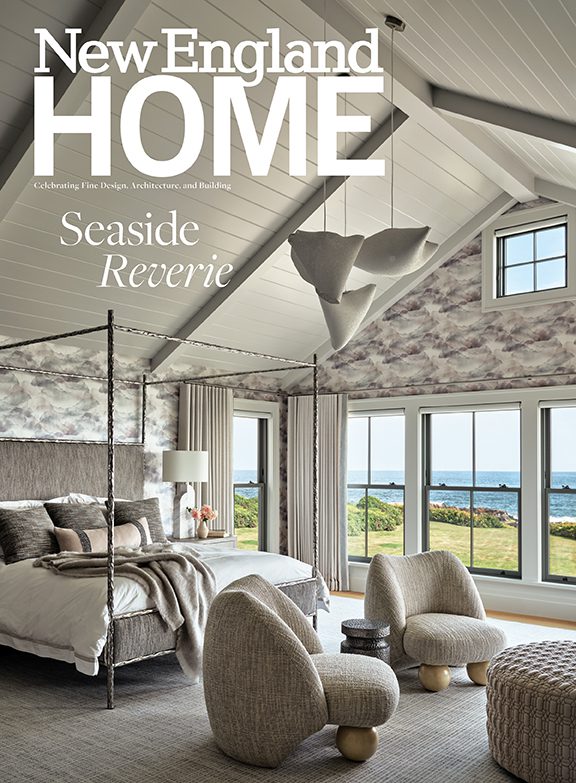
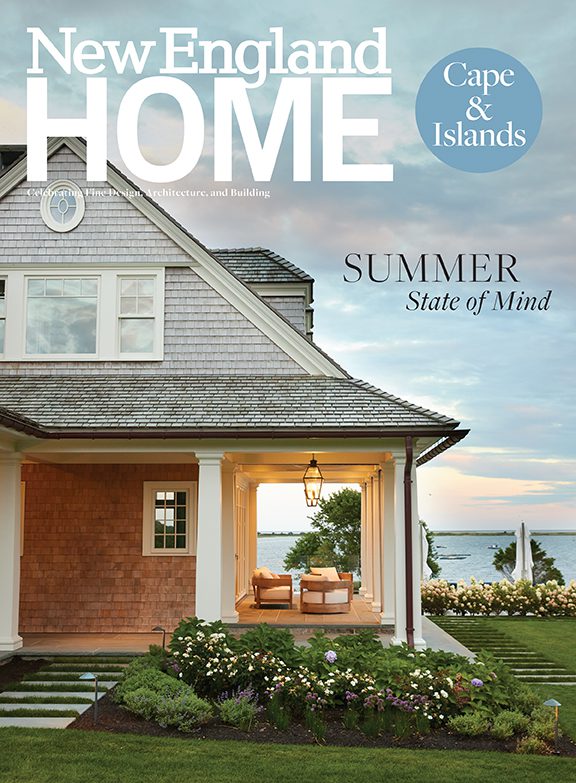
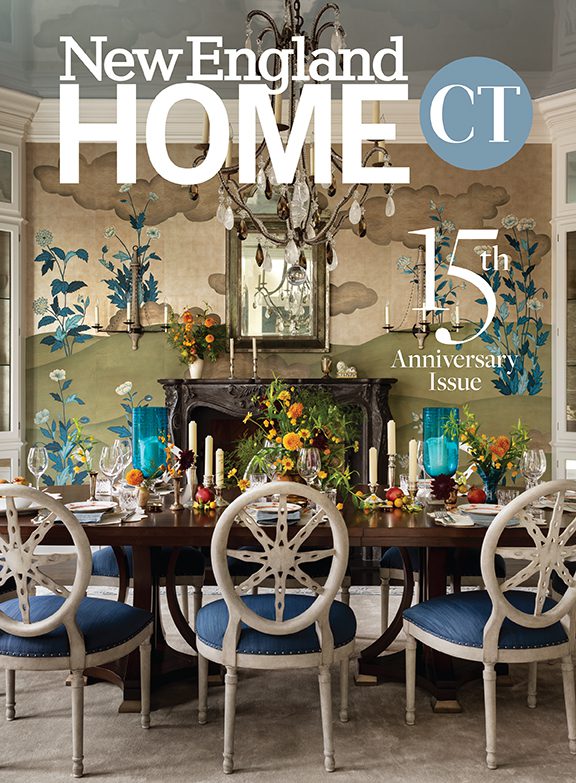
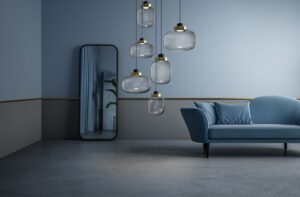
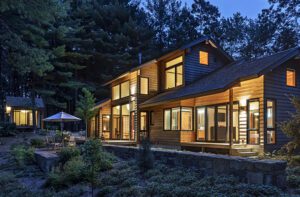
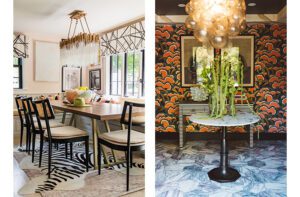
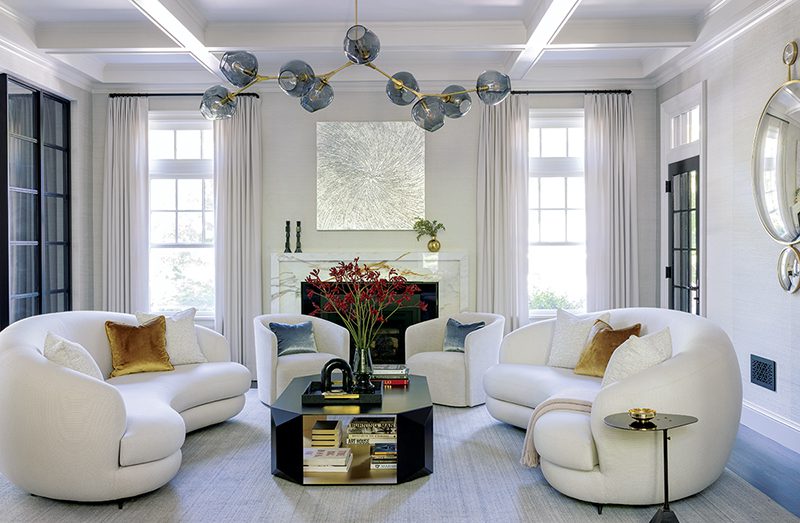
You must be logged in to post a comment.